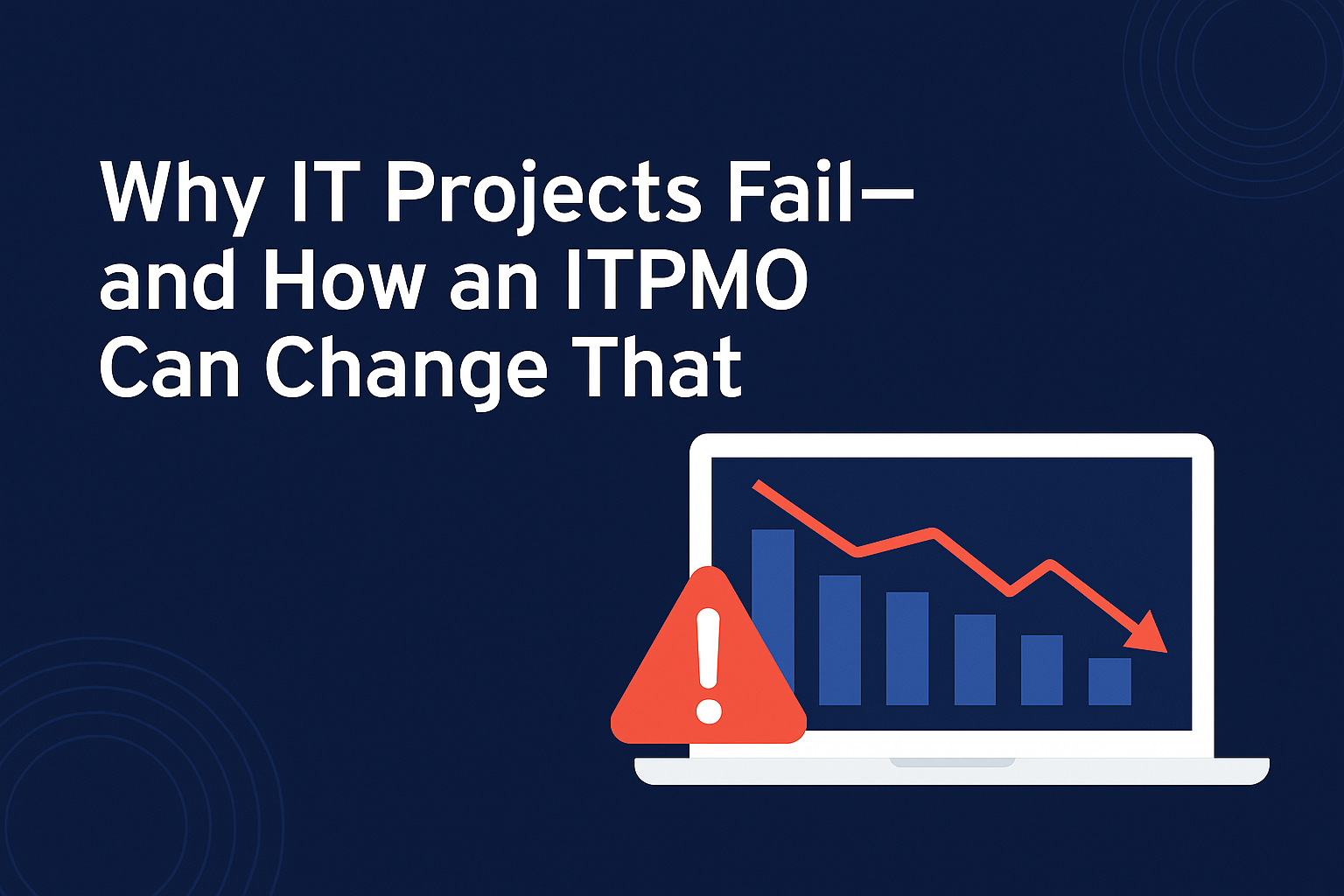Over the past decade, I’ve had the opportunity to lead and oversee complex technology-driven programs across sectors such as defense and financial services. My journey began as an IT Project Manager, later evolving into building and managing IT PMOs (Information Technology Project Management Offices). These projects ranged from ERP implementations and business intelligence solutions to cross-border data migrations triggered by regulatory changes.
Despite the diversity in context, one pattern was consistent—IT projects are risky. While technology continues to evolve, the human and organizational challenges surrounding IT delivery remain constant. I’m reflecting here on the most common challenges I’ve encountered, and I know this article will put a smile on some of my LinkedIn connections who’ll recall the “good old times.”
1. The Requirements Dilemma
Every project starts with one question: What do we need to build?
Yet, this is often the hardest to answer.
I’ve seen two recurring problems:
- The business doesn’t fully understand its needs—sometimes because processes aren’t well-documented or because end users are detached from project discussions
- The developers don’t fully grasp the business intent, leading to a gap between what’s envisioned and what’s built
This misalignment fuels rework, cost overruns, and endless change requests. Over time, I found that Agile methodologies, particularly iterative sprint delivery, greatly reduce this gap. When business stakeholders can see value early, they can validate requirements in real-time, helping teams pivot before small misunderstandings turn into costly issues.
2. The Accountability Gap
Another recurring challenge is the lack of clarity around roles and responsibilities. Projects often operate under a blurred line between business ownership and technology execution.
When issues arise—missed deadlines, untested assumptions, or unclear features—each side tends to point fingers (and every review discussion in my experience would start with a “let’s not point any fingers” just to reduce the stress levels in the room). The business claims IT didn’t deliver as promised, while IT insists the requirements were ambiguous. The truth often lies in the middle: there was no shared accountability model.
Successful IT programs establish joint ownership from the start:
- Business stakeholders own the why (the problem, the value, the benefits).
- Technology stakeholders own the how (the design, the build, the delivery).
Without this alignment, even the most talented teams end up working in silos.
3. The Cost Ownership Conflict
A less-discussed yet critical challenge emerges after go-live.
Once a system is operational, the ownership of ongoing costs—licenses, support, enhancements—becomes a point of contention.
Many business units argue that post-implementation expenses fall under “IT’s budget.” However, these systems were built to serve the business, not the IT department. When cost accountability is unclear, operational sustainability becomes compromised.
This issue can easily be avoided through strong governance during project initiation—by embedding cost ownership and sustainability plans into the business case and project charter. These documents should not be treated as administrative formalities, but as living references defining the full lifecycle of a project—from initiation to steady state.
4. The Change Management Oversight
Even the best-designed IT solution can fail if users aren’t ready for it. Organizations often underestimate the human element—training, communication, and stakeholder buy-in.
In several transformation programs, I’ve seen technically sound systems rejected by users because the change journey wasn’t managed effectively. A successful project integrates change management as a core delivery stream, not as an afterthought. By doing so, it ensures technology adoption aligns with business readiness.
Institutionalizing Success through an ITPMO
Based on these lessons, I believe that every organization running technology programs—especially those with multiple concurrent initiatives—should consider an ITPMO.
An ITPMO brings:
- Structure and governance through standardized frameworks, templates, and KPIs.
- Transparency via real-time dashboards on delivery performance, risks, and value realization.
- Alignment by bridging the communication gap between business and IT.
- Efficiency through centralized resource management and automation tools.
- Sustainability by integrating post-implementation ownership and continuous improvement mechanisms.
Over the years, I’ve been fortunate to design ITPMO solutions that do more than manage projects—they enable transformation. By embedding delivery excellence, accountability, and data-driven decision-making, organizations can turn IT from a cost center into a true strategic enabler.
Technology doesn’t fail—governance, communication, and alignment do. When organizations invest in establishing a strong, integrated ITPMO, they don’t just deliver projects; they deliver confidence, clarity, and control.
If your organization is navigating complex IT projects or exploring how to strengthen delivery governance, I’d be happy to connect. Whether it’s establishing an ITPMO from the ground up or implementing an ITPMO Managed Service, I can help you explore what best fits your organization’s context.

